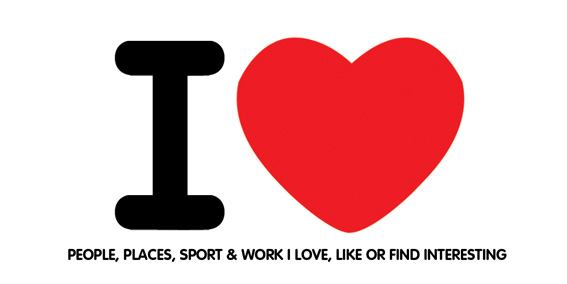 [Pete Jacobs riding to 2nd place - IM World Champs, Hawaii]
[Pete Jacobs riding to 2nd place - IM World Champs, Hawaii]I’ll admit I’m a bit sceptical when it comes to tri gear and gadgets. I’m from the old school of hard work/more training equals results and all too often in the sport of swim, bike and run, I see people with all the gear and no idea. The sport of triathlon is a marketer’s dream so it’s hard not to get sucked into the mayhem.
That said, I’ve reached a point in my triathlon journey where the margins for gains are getting smaller and smaller, and the little voice in my head questioning what if? What if I’m not riding in the optimum position to allow me to run efficiently off the bike? What if I reduced my bike split by 15 minutes? What if I could run a sub-3:30 Ironman marathon. What if I could be faster?

So I took the plunge. It wasn’t hard to decide where to go. Word-of-mouth talks.
Arriving at Freespeed’s premise on Power Road (surely a good omen!) I was filled with excitement and hesitation. £180 is a lot of tin and couldn’t (shouldn’t) I figure my set-up out on my own? The small voice had returned. A few moments on from meeting Richard, all my concerns were squashed. Just in the early exchanges we had, he put my mind to rest, without him knowing what my concerns were in the first place.
So onto the fit…
Starting with questions around my triathlon career goals and results we moved into simple flexibility testing. All the time explaining the reason behind the stretches. Even without getting on the bike, Richard made a crucial change. Convinced I’d set-up my cleat positioning correctly, Richard showed me a brilliant foolproof way to be sure. Sure as shit, I was proved wrong.
Freespeed 1 Troy 0.
Unlike the rest of the SBR world, I’m not a numbers person. This angle, that reach, blah, blah, blah. Get on your bike and ride. But spend 10-12 hours a week training and this data does become important. After being ‘noded up’ to resemble that of a crash test dummy, I set about doing the pedal interval tests. Seeing the Boeing 747 cockpit like set of numbers show up on the big screen in front of me was slightly intimidating, but Richard talked through all the data (without the jargon) explaining the figures and where he wanted me to end up.

A little tinkering here and tailoring there left me in a position both of us were happy with. But for me, aside from the Retul technology which many bike fitters use, Richard constantly added tips, tricks and advice to be more aero, faster and a better rider. It’s these ‘value-added extras’ that really impressed me and have stayed with me. Richard has a genuine want to share the knowledge and insight he’s gained through experience over his impressive career. This passion can be seen in the brand he’s created. It has a huge ‘giving back’ feel about it. I’ll certainly be following Freespeed’s development with great interest.

The point of this post wasn’t to give the in ands outs of a bike fit (that’s Richard’s job), but more a feel for why I think it was money very well spent. In the sessions I’ve done on the turbo since (frothing to hit the road but these Northern Hemisphere conditions don’t allow for a TT outing), I can notice the difference. No numb nuts, less tightness in the hips – the list goes on.
In summary, I should have gone ages ago. If you’re going to invest time and energy into a sport you love, it’s worth it. As Richard himself said, getting a bike fit won’t suddenly turn you into Fabian Cancellara. But what it does do is give me the confidence to train and race as hard as possible, knowing I’m getting the best out of what I have.
Got to run. I have a turbo session waiting.

Some images ‘borrowed’ from the Freespeed website.
freespeed.co.uk
